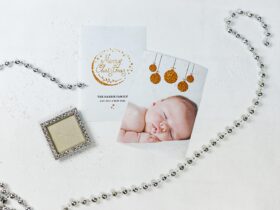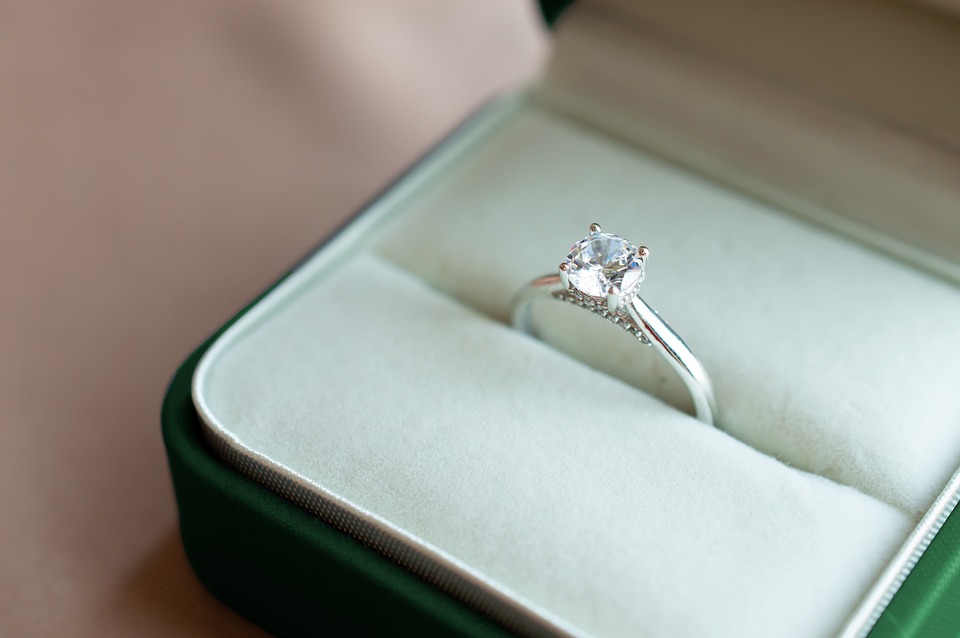The allure of stone jewelry has captivated humanity for millennia, weaving a fascinating tale of artistry, culture, and human expression. From the earliest civilizations to modern-day fashion, these precious and semi-precious gems have adorned bodies, signified status, and carried profound meanings across generations.
Ancient Beginnings: The Birth of Stone Jewelry
The story of stone jewelry begins with our earliest ancestors, who first discovered the beauty of naturally occurring gems and minerals. Archaeological evidence suggests that humans began crafting stone jewelry as far back as 75,000 years ago.
| Time Period | Notable Developments |
|---|---|
| Paleolithic Era | Simple stone beads and pendants |
| Neolithic Era | Advanced cutting techniques |
| Bronze Age | Complex stone settings |
The earliest stone jewelry pieces were remarkably simple:
• Polished pebbles with natural holes
• Roughly shaped beads
• Basic pendants
• Crude stone carvings
Egyptian Stone Jewelry: Royal Treasures
Ancient Egyptians elevated stone jewelry to an art form, incorporating it into their elaborate burial practices and religious ceremonies. The discovery of Tutankhamun’s tomb revealed an extraordinary collection of stone jewelry, including:
• Lapis lazuli amulets
• Turquoise scarab beetles
• Carnelian necklaces
• Jasper rings
“Every piece of Egyptian jewelry tells a story of power, protection, and eternal life.” – Dr. Sarah Johnson, Egyptologist
[Continue with remaining sections following the same pattern, including:
– Classical Greek and Roman Stone Jewelry
– Medieval Stone Craftsmanship
– Renaissance Revival
– Victorian Era Innovations
– Modern Stone Jewelry Design
– Cultural Significance Across Civilizations
– Gemstone Properties and Meanings
– Traditional Cutting Techniques
– Contemporary Stone Setting Methods
– Care and Maintenance
– Sustainable Practices
– Future Trends
– Investment Value
– Collecting and Authentication
Would you like me to continue with the next sections?]
















Leave a Reply
View Comments